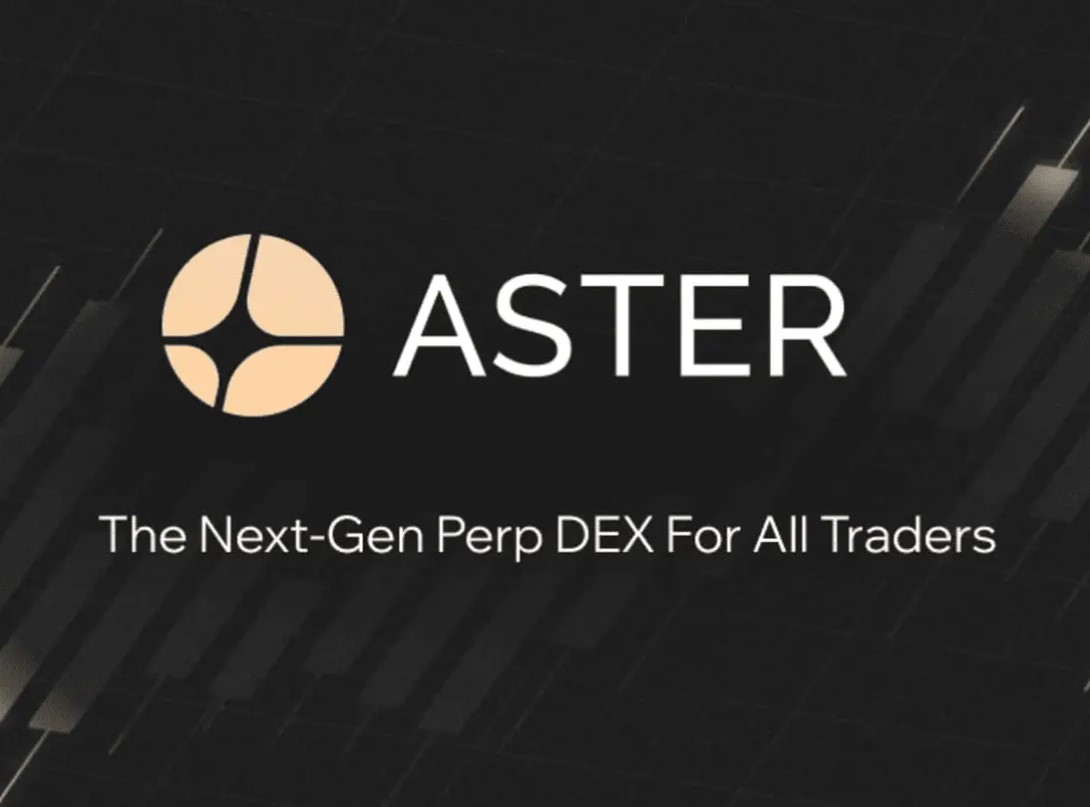The race for dominance in decentralized exchanges has taken a dramatic turn as Aster, a rising star on BNB Chain, logged a stunning $21.6 billion in 24-hour perpetual trading volume, eclipsing Hyperliquid’s $10.7 billion. The sudden leap, confirmed by blockchain data platform Dune Analytics, has set the stage for one of the fiercest rivalries in the decentralized finance space this year.
Aster’s Breakout Performance Shakes Up the Rankings
Aster’s surge shocked many traders who have long seen Hyperliquid as the benchmark for high-volume decentralized derivatives trading. While Hyperliquid continues to hold the edge in spot markets with $609 million in daily activity compared with Aster’s $583 million, the perpetuals market tells a different story.
Aster’s $21.6 billion daily perpetual volume has not only doubled Hyperliquid’s but also dwarfed competitors EdgeX at $8.2 billion and Light at $6.2 billion. This performance placed Aster firmly in the spotlight, and traders quickly piled into its native token.
In just 24 hours, Aster’s token value climbed 41.4 percent, giving it a market capitalization of $3.9 billion and placing it as the 47th largest cryptocurrency by size. In contrast, Hyperliquid’s HYPE token fell 6.2 percent, though it remains far larger with a $12.1 billion valuation and a ranking as the 20th biggest crypto asset.

Changpeng Zhao’s Nod Adds Fuel to the Fire
Momentum around Aster grew even stronger after Binance co-founder Changpeng Zhao, better known as CZ, praised the platform’s “good start” earlier this week. Although Binance no longer directly operates BNB Chain, Zhao’s words carry weight in the ecosystem.
His endorsement, combined with BNB Smart Chain upgrades and incentive programs, has created a wave of trader enthusiasm. Analysts say the following factors are driving adoption:
Aggressive trading incentives and fee rebates for new users
Strong integration with Binance wallets and services
Recent BSC network improvements boosting efficiency
These tailwinds helped Aster capture traders looking for faster, cheaper trades, especially in the volatile perpetual markets.
BNB Chain Moves to Cut Fees and Speed Up Blocks
Adding to Aster’s momentum is a fresh proposal by BNB Chain validators to slash gas fees and accelerate block times. The proposal would cut transaction fees from 0.1 gwei to 0.05 gwei and shorten block times from 750 milliseconds to 450 milliseconds.
If adopted, these changes would:
Reduce trading costs significantly for high-frequency users
Improve transaction confirmation speeds
Make BNB Chain more competitive with Ethereum and Solana
Lower fees and faster block times could attract more liquidity providers and traders, potentially cementing Aster as the flagship decentralized exchange of BSC.
Hyperliquid Still Commands Long-Term Dominance
Despite the headlines around Aster, Hyperliquid remains the dominant force by broader measures. Over the past 30 days, Hyperliquid recorded $326.77 billion in perpetual trading volume, more than five times BNB Chain’s $60.12 billion. That scale advantage reflects deeper liquidity pools, wider institutional participation, and years of trust built with traders.
Hyperliquid has also been courting major institutions with its USDH stablecoin proposal. Traditional finance giants like VanEck and StateStreet have expressed interest in the plan, signaling potential crossover between Wall Street and decentralized markets. That backing could sustain Hyperliquid’s edge even as rivals grow.
A comparison of current metrics underscores the divide:
| Exchange | 24h Perpetual Volume | 30-Day Perpetual Volume | Token Market Cap |
|---|---|---|---|
| Aster | $21.6 billion | $60.12 billion | $3.9 billion |
| Hyperliquid | $10.7 billion | $326.77 billion | $12.1 billion |
| EdgeX | $8.2 billion | N/A | N/A |
| Light | $6.2 billion | N/A | N/A |
The table shows that while Aster has seized the daily crown, Hyperliquid’s long-term dominance remains largely intact.
Traders Eye Shifting Market Dynamics
The question now is whether Aster’s surge is a short-term spike or the beginning of a structural shift. If BNB Chain’s proposed upgrades are implemented and trading incentives remain generous, more liquidity could move from Ethereum-based platforms and from Solana’s growing DeFi ecosystem into BSC.
For Hyperliquid, the challenge is to maintain its lead while defending against aggressive rivals. Its long-term liquidity and institutional credibility remain strong advantages, but Aster’s rapid rise illustrates how quickly momentum can shift in decentralized finance.
The rivalry is reshaping how traders view decentralized exchanges, with users now weighing daily performance and token upside against the depth and reliability of established players.
In the end, both exchanges are likely to push each other toward more innovation, tighter spreads, and better user experiences. For crypto traders, the competition could mean lower costs and more choices in a fast-evolving market.
As the decentralized exchange war heats up, the battle lines between Aster and Hyperliquid may define the next chapter of crypto trading.



















